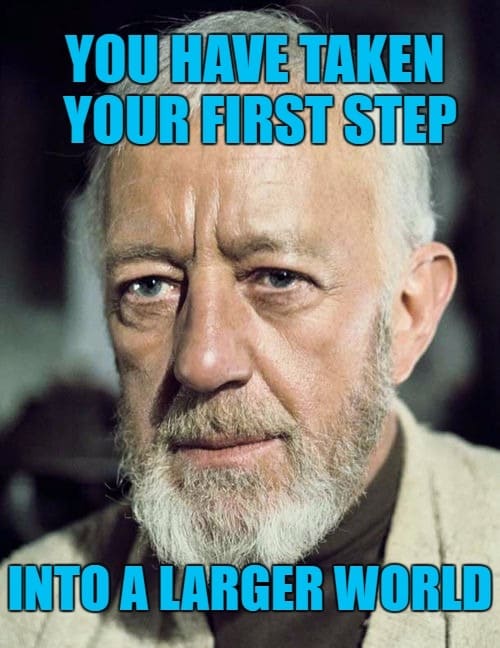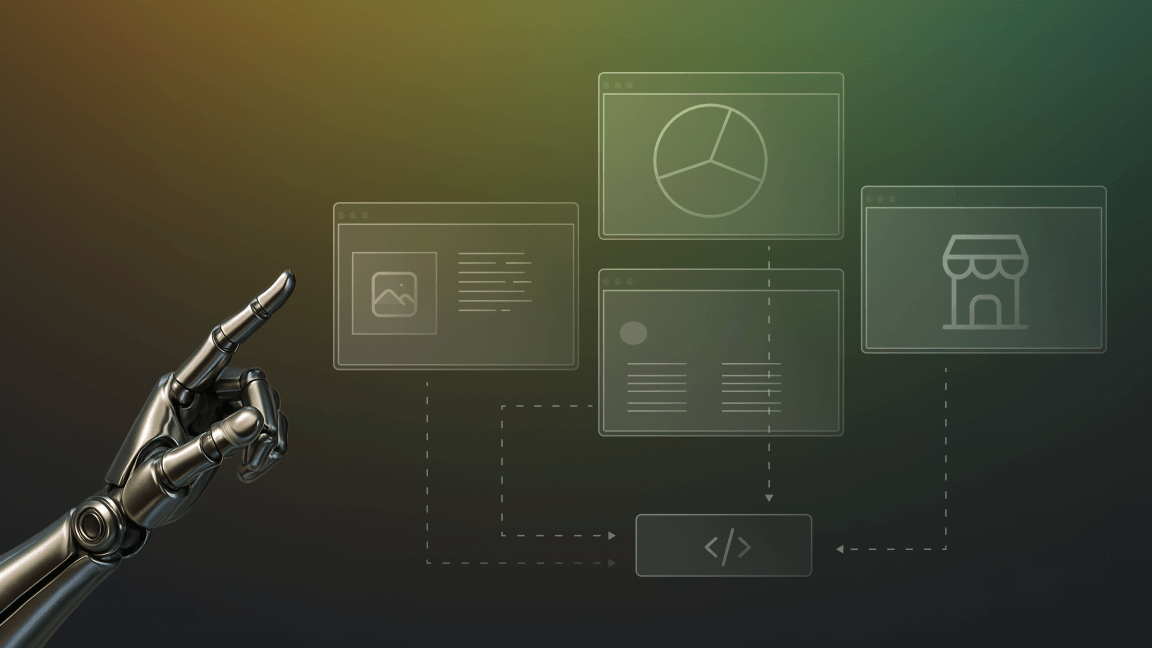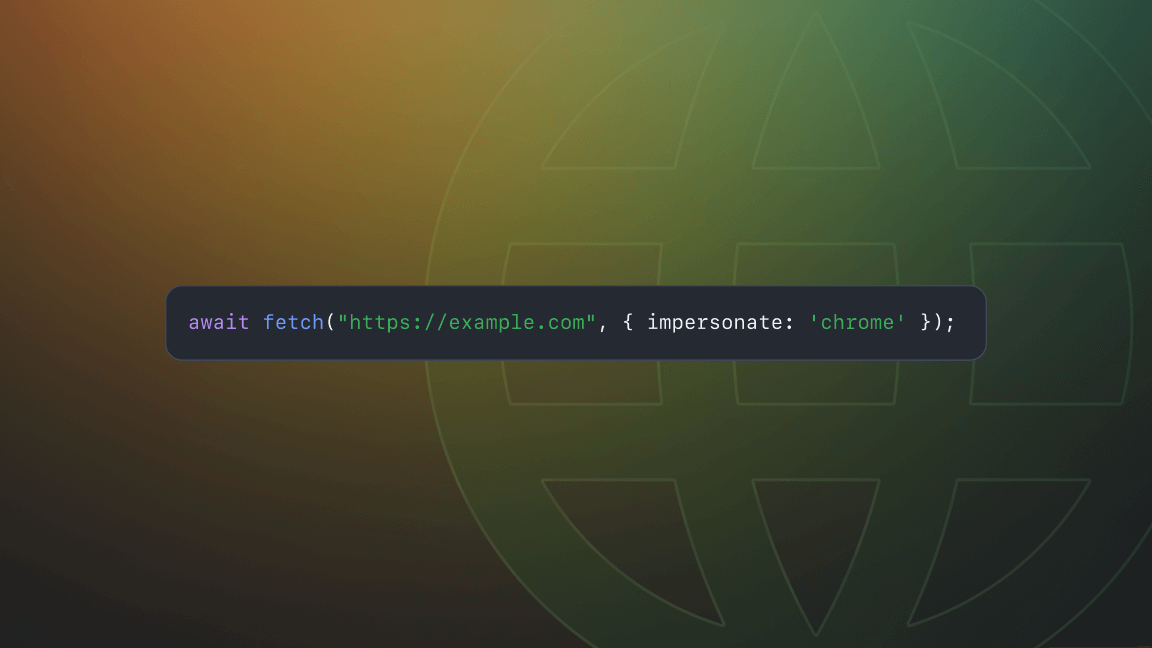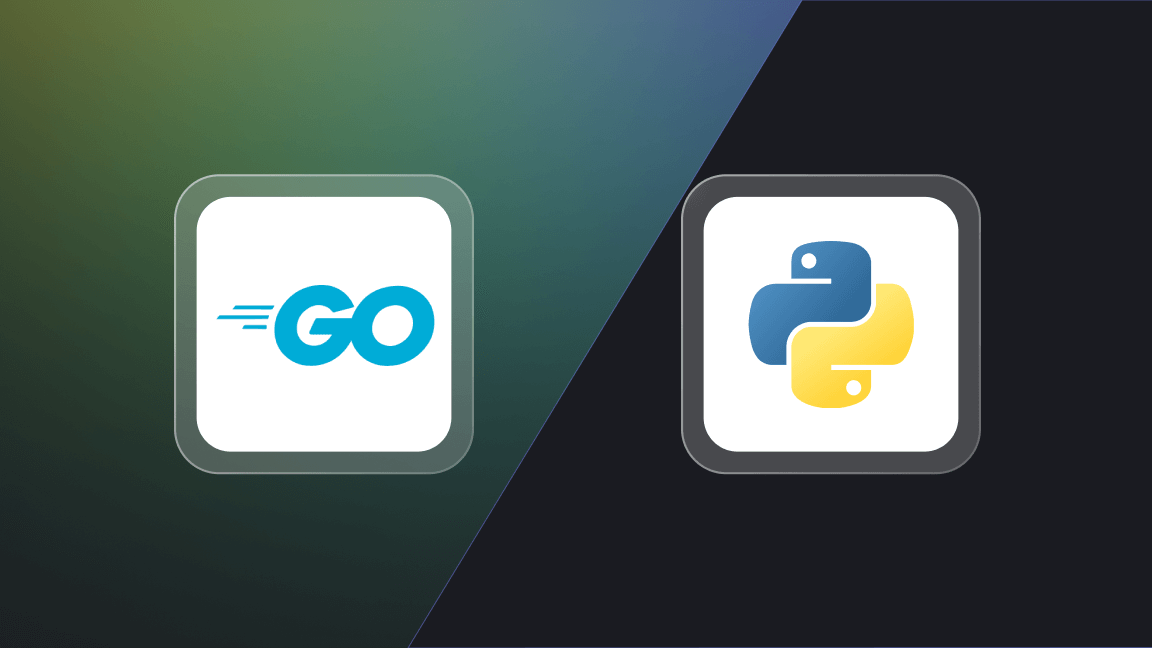Maybe you‘ve heard of the terms web scraping and screen scraping but don’t quite know the difference between them. Web scraping and screen scraping are data scraping methods that all kinds of folk use to harvest public data. Sometimes people use the terms interchangeably, but they are not quite the same thing. Each has different functions and can be used for distinct purposes. So let’s set the record straight and explain the difference.
What is screen scraping?
Screen scraping is the process of extracting data from a specified UI (User Interface) element or document. In other words, screen scraping is the act of collecting screen display data, such as screenshots, terminal sessions, PDF files, or video images. Rather than extracting data from the database or files, screen scraping gets the data from the screen that was intended for the user. If you have ever copied and pasted information from a website, then you have already engaged in a minuscule and manual form of screen scraping.

What is web scraping?
Web scraping is extracting data from a website by getting information from inside a web browser. This data can then be collected and exported into another format. (This is called data parsing). It is often used for contact scraping, web indexing, and data mining. Web scraping is used frequently by companies and individuals looking to make the most of publicly available data in order to make better business decisions.
Learn all about web scraping and its use cases in our YouTube video.
Is web scraping legal?
Whether you prefer the term screen scraping or web scraping, extracting publicly available data from the web is legal. You just need to watch out for private information and copyrighted content, the collecting of which is controlled by various laws. To learn more about regulations such as the GDPR or CCPA that are connected to scraping, check out our article, Is web scraping legal?
Now that we’ve cleared that up, let’s have a look at some of the uses for these two forms of scraping:
What is screen scraping good for?
1. Transferring data from outdated to modern applications
All businesses run on data. But technology moves so fast that the latest cutting-edge technology we use to collect data quickly becomes obsolete. So how do we keep all that data while constantly upgrading to the latest applications and interfaces? Screen scraping is the answer. Screen scraping software allows new interfaces to interact with outdated devices. (Such devices are known as legacy applications). This makes it possible to make all that precious data accessible to new applications.
2. Desktop analytics
Desktop analytics is the process of capturing, storing, monitoring, and sharing information across platforms. By extracting, analyzing, and visualizing data with screen scraping tools, companies can identify and improve business processes, compliance, and training.
3. Banking and financial transactions
Another classic use case of screen scraping is financial transactions. Screen scraping can happen when you make an online payment. Some third-party online payment services ask you for your access credentials, including your unique bank account codes. This enables the third party to use screen scraping technology to copy transactional information. Through robotic process automation (RPA), the third-party provider is able to mimic human interaction with a digital system and access your bank account on your behalf.
What is web scraping good for?
1. Marketing
Web scraping can help you find potential customers and collect data about them at scale. By following metadata tags on social media, you can identify prospective customers or find information about existing ones. You can also gather feedback from social media platforms to optimize marketing strategies. A web scraper can extract useful data from directories, news sites, and blogs.
2. Price tracking and competition monitoring
Web scraping is an excellent way to collect information about competitor products. With web scraping software, you can keep a constant watch on this data so that you can rapidly react to changes in prices. A web scraper helps you use the vast amount of data on the web to gather information about your competition and your industry at large. You can extract data about products from e-commerce websites, such as Amazon. Information such as prices, reviews, and ratings can be extracted by web scraping.
3. Real estate and investment opportunities
Scraping travel marketplaces and hospitality websites can provide real estate investors with valuable information about properties, agents, and owners. Real estate agencies use data collected from scraping the web to make decisions and predict the market. Investors can also scrape real estate listing websites to decide which areas and properties are worth putting money into.
Web scraping or screen scraping?
Let’s review what we have learned so far about screen scraping vs. web scraping:
| Screen scraping | Web scraping |
|---|---|
| Using a program to extract data from the screen of the application |
Extracting data from the internet by using different techniques, primarily automated |
| Helpful in extracting data from applications used in a desktop |
Useful in scraping data from websites like Amazon, eBay, Booking, Airbnb |
| Useful for content migration, data analytics, and legacy modernization |
Useful for market research, data analysis, price intelligence, and brand monitoring |
So, as we can see, the main difference between these two forms of data extraction is that screen scraping is extracting data from a desktop, and web scraping is extracting data from a browser. However, in reality, these two terms often overlap. Try a quick Google search for screen scraping, and you will get a lot more information about web scraping instead. Screen scraping is the older term, but, like the legacy applications it seeks to modernize, through legacy app modernization services, it's fast becoming obsolete.
What web scraping tools should you use?
There are many web scraping or screen scraping tools that you can use to customize scraping solutions. For example, Apify offers hundreds of ready-made web scraping tools in Apify Store. These tools are powered by an open-source full-featured Node.js library, the Apify SDK. That means you can use these tools to create your own scrapers and even publish them on Apify Store.
If you prefer Python, don't worry. To help you integrate Apify Actors with your Python code, you can use the Apify API client for Python. This will let you interact easily with the Apify platform from your Python code. If you want to know more, check out the tutorial on how to scrape data in Python using Beautiful Soup.
If screen scraping is what you are into, why not try Apify’s Screenshot Taker or Gif Scroll Animation tool for free?
Or, if you want to read lots more about web scraping, try this massive list of the top 45 web scraping blogs 📋








